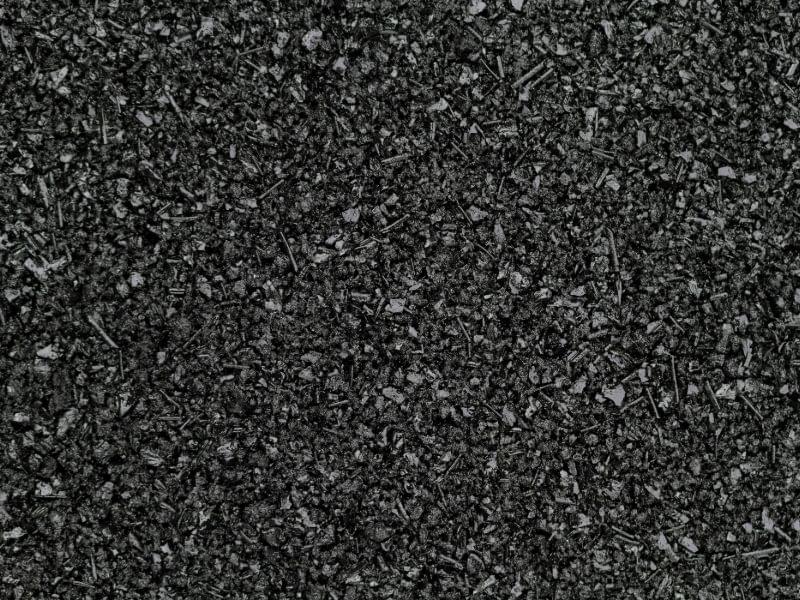Original Run Date: Thursday, November 4th, 2021 | download below>
In this latest webinar, Smithers experts, Dustin Jenkins and Keegan Moss will cover improved measurement techniques for carbon black qualification.
ASTM D3849 Overview
ASTM D3849 is the only recognized standard method for the digital measurement of carbon black particle size statistics via transmission electron microscopy. The method makes use of fractal geometry to derive particle size statistics for both aggregates and primary particles using only measured values of aggregate perimeter and area. Despite the sophistication of ASTM D3849, there has been discussion regarding its utility and reproducibility in the industry, especially with regards to smaller grades of carbon blacks. As a leader in third party testing within the rubber and tire industries, Smithers has recently developed an improved methodology based on ASTM D3849 that seeks to address these issues and improve identification of carbon black obtained from mixed rubber samples.
The agenda includes:
•ASTM D3849: A Brief Overview
•Method Development & Data Studies
•Improved Data Treatment
•Data Comparison: Smithers Method vs. Donnet et al.
•Modeling Bulk Properties
About the Presenters
Dustin Jenkins, Ph.D.
As a Chemistry Supervisor at Smithers’ Analytical Chemistry laboratory in Akron, OH, Dustin Jenkins specializes in material benchmarking and characterization capabilities involving various chromatography and spectrometry techniques serving rubber and polymer product manufacturers.
Dustin has over 10 years of experience in organic and inorganic chemistry in academia and research with technical expertise in GC-MS, FT-IR, polarimetry, time-resolved laser spectroscopy, electrochemistry and NMR spectroscopy. Prior to joining Smithers, he was an assistant professor of organic chemistry at Walsh University in North Canton, OH, where he synthesized and identified new organic and inorganic chemical compounds.
Dustin holds a Bachelor of Science degree in Chemistry with Mathematics from Western Kentucky University, as well as a Master of Arts degree and Doctorate in Chemistry from Princeton University.
Keegan Moss
As a Chemist at Smithers Chemistry laboratory in Akron, Ohio, Keegan Moss specializes in transmission electron microscopy (TEM), analyzing polymer samples with
FTIR or
Differential Scanning Calorimetry, and performing other chemical testing on polymers.
Keegan holds a M.S. degree in chemistry from Cleveland State University and a B.S. in chemistry and biochemistry from Thiel College.
